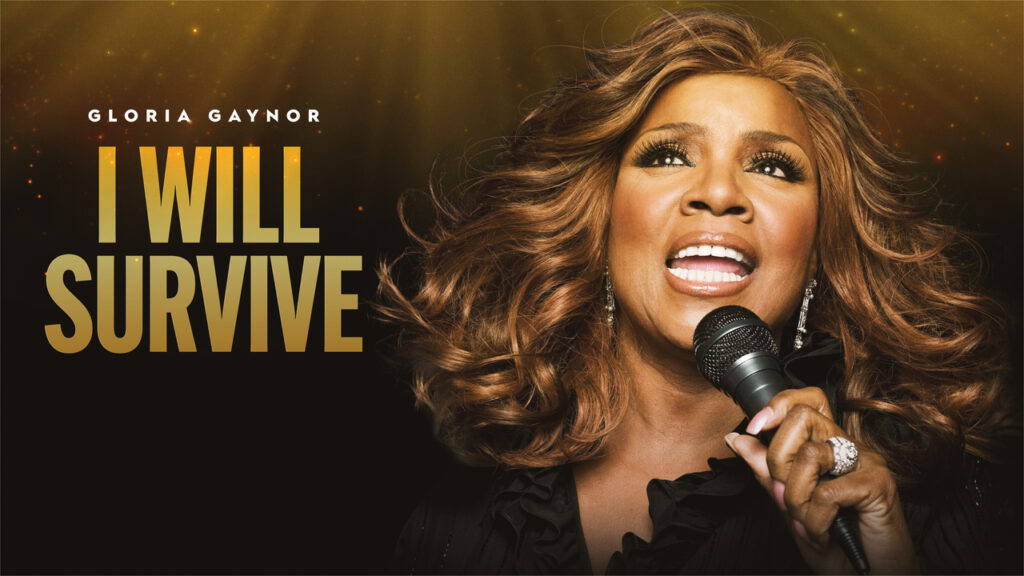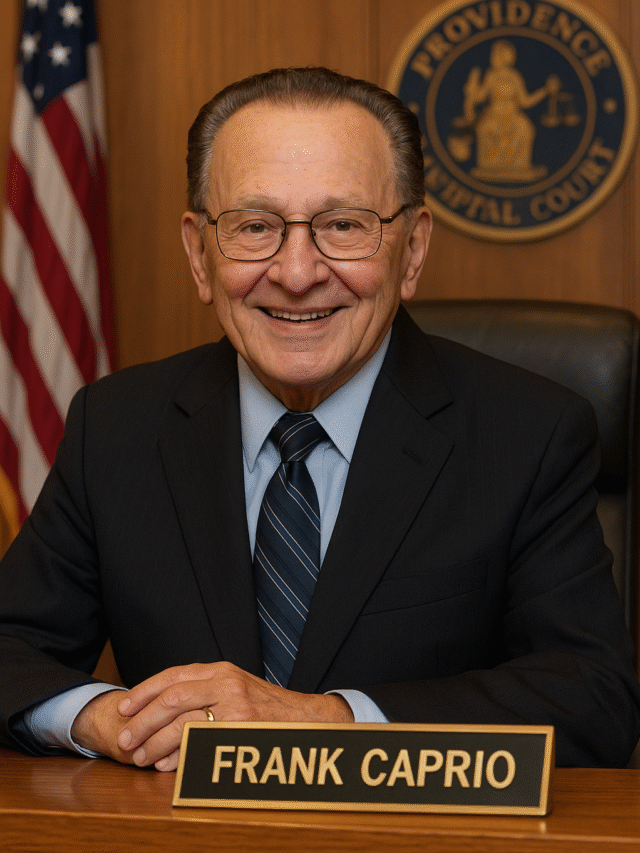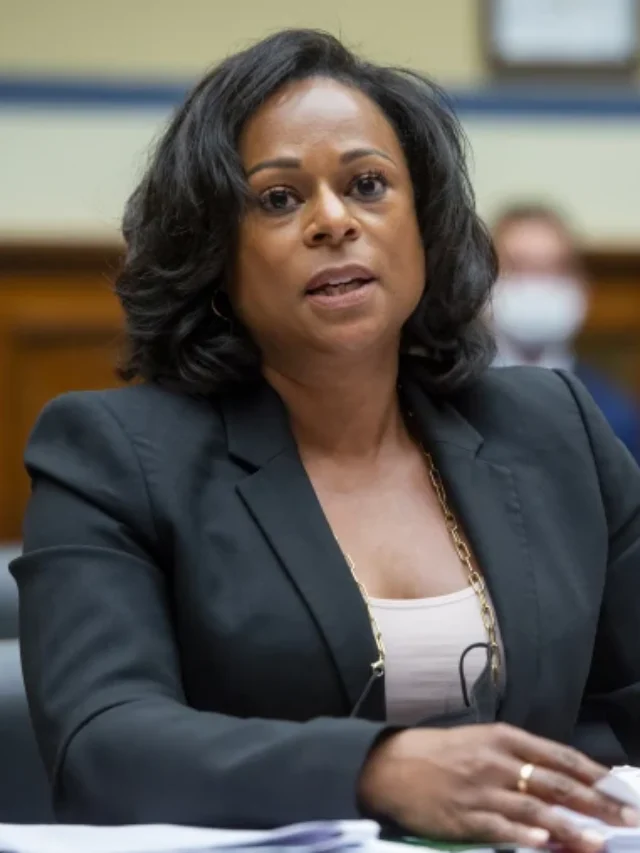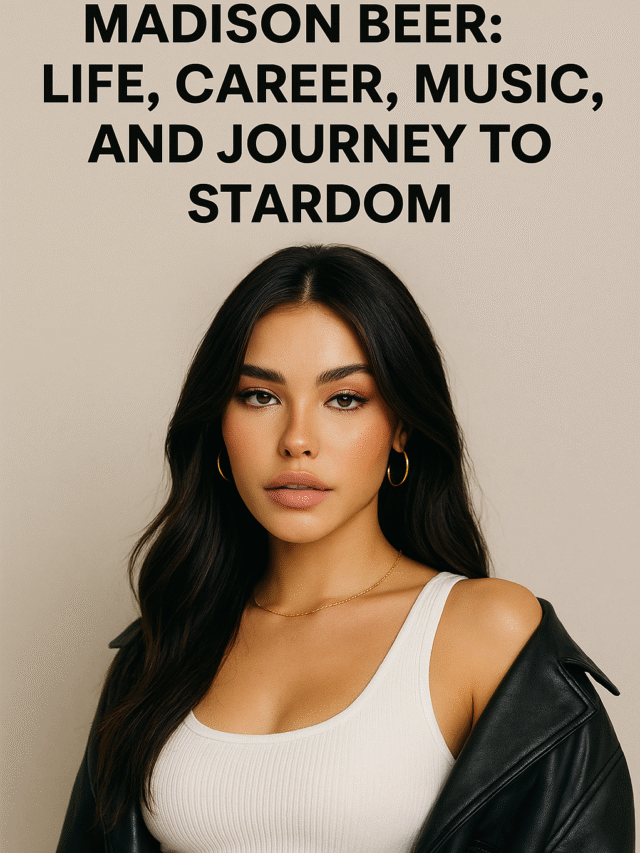
Gloria Gaynor is more than a disco legend—she is a living symbol of strength, survival, and reinvention. When “I Will Survive” burst into the cultural bloodstream in the late 1970s, it did more than top charts; it gave words to the stubborn heartbeat of resilience. Over the decades, Gaynor has navigated industry shifts, personal trials, and creative transformations while keeping her voice—both literal and metaphorical—clear, courageous,Gloria Gaynor and unmistakably her own. This deep dive explores her beginnings, her rise to global fame, the setbacks that tested her resolve, the faith that reshaped her artistry, and the legacy that keeps growing with every generation that discovers her music.
Early Life and the Making of a Voice
Born Gloria Fowles in Newark, New Jersey, Gaynor grew up in a bustling household where music doubled as comfort and compass. Like many great vocalists, she found her footing in community Gloria Gaynor spaces—family gatherings, Gloria Gaynor local venues, and the kinds of small stages where raw talent is tempered by grit. Financial Gloria Gaynor constraints and early hardships could have sidelined her ambitions, yet they had the opposite effect gloria gaynor: they sharpened her focus. By the time she began working the nightclub circuit, she had a tone that felt both velvet and steel—rich, emotive, and impossible to ignore. Talent scouts took notice, labels came calling, and a star-in-the-making started gathering momentum.
Breaking Through: The Disco Era
The mid-1970s were a heady time. Dance floors glowed, mirror balls spun, and a new wave of artists found their stride in the pulse of disco. Gaynor’s early recordings showcased her ability to turn a lyric gloria gaynor into lifeblood. She delivered club-ready tracks that traveled quickly from DJ booths to radio stations, propelled by a voice that could soar without losing intimacy. Her stagecraft—confident, stylish, and inviting—helped convert casual listeners into devoted fans. Even in an era crowded with charismatic performers, Gaynor stood out: she understood how to marry strength with vulnerability, transforming personal story into public anthem.
“I Will Survive”: Anatomy of an Anthem
Some songs are hits; a precious few become human rituals. “I Will Survive” is one of those rare songs that people use—to heal, to celebrate, to mark a turning point. It’s the soundtrack to breakups and comebacks, to quiet moments of decision and loud declarations of self-respect. The lyric’s first-person resolve, the steady build of the arrangement, and the cathartic release of the chorus create a universal arc: pain conceded, dignity restored, self reclaimed. For listeners who had been sidelined or silenced—by heartbreak, prejudice, or circumstance—the record felt like a mirror and a megaphone. DJs flipped the track again and again; crowds sang it back like testimony. The result was a cultural phenomenon that never really left the room.
Setbacks, Spine, and the Art of Returning
Fame rarely travels in a straight line. Injuries, industry politics, and changing musical tides all tested Gaynor’s staying power. Yet the word that keeps surfacing in any honest account of her life is the same word at the heart of her signature song: survive. She regrouped after physical setbacks, restructured her career after personal upheavals, and kept creating through seasons when the spotlight swung elsewhere. Crucially, she refused to let any single era define her. The disco queen matured into a cross-genre vocalist who could deliver dance, pop, soul, and gospel with equal conviction.
Faith and a Second Act: The Gospel Turn
As the years progressed, Gaynor’s faith moved from background to foreground. This wasn’t a branding exercise; it was a creative and personal homecoming. She pursued gospel projects with the same seriousness she once brought to club anthems, finding in sacred music a language big enough for gratitude, sorrow, joy, and awe. The result was a powerful late-career renaissance: recordings that fused her interpretive skill with a deeper sense of purpose. Listeners who knew her for dance classics discovered another dimension—one where the beat still moved the body, but the message reached for the soul.
Documenting the Journey
In recent years, films, interviews, and long-form features have revisited Gaynor’s arc with fresh eyes. What these portraits reveal is an artist who never confused visibility germany with identity. She has always been a working musician—touring, rehearsing, writing, refining—long after her name crystallized into pop-culture shorthand. The camera lingers on the details: a warm exchange with bandmates, the discipline of vocal care, the quick footwork of a seasoned performer steering a live show. Together they tell a story that counters the myth of overnight success and emphasizes the craft of longevity.
Returning to the Dance Floor—On Her Terms
While gospel projects expanded her palette, Gaynor never abandoned the dance music that introduced her to the world. Instead, she revisited it with perspective and playfulness. Later releases wove together groove and gratitude, leaning into crisp production and uplifting Gloria Gaynor themes without sacrificing the rhythmic DNA that made audiences fall in love with her in the first place. It’s a savvy blend: the warmth of legacy with the freshness of forward motion.
On Stage at Any Age
One of the most inspiring aspects of Gaynor’s story is her live presence. She treats performance as a craft and a calling, fronting bands with muscular arrangements—horns, harmonies, dynamics that rise and fall like a well-told story. Audiences span generations: fans who danced to her vinyl, their children who discovered the song in movies and memes, and new listeners who met the anthem on playlists and short-form video. Across them all runs a simple truth: a great voice, given great material, remains evergreen.
Cultural Impact and Community
Few pop songs have traveled as widely or meant as much to as many communities as “I Will Survive.” It is a pride anthem, a survivor’s anthem, a personal anthem. People have walked down the aisle to it, filed legal papers to it, cleaned apartments to it, and shouted it on city streets after hard-won victories. The track’s flexibility is part of its genius: it can be a private vow or a public celebration, a quiet nod of self-assurance or a mass sing-along. Gaynor’s generosity as a performer—her refusal to treat the song as museum glass—keeps that meaning alive.
Discography Highlights (At a Glance)
- Foundational Disco: Early albums that established her as a club powerhouse and radio staple, with arrangements built for dance floors and vocals built to last.
- Ballads & Crossovers: Songs that showed her interpretive range, from mid-tempo soul to pop-leaning melodies that foregrounded storytelling.
- Gospel & Inspirational: Later releases that integrated the discipline of sacred music—tight harmonies, lyrical uplift, spiritual urgency—into a modern production frame gloria gaynor.
- Legacy Compilations: Curated sets that chart the evolution of her voice and taste, offering new listeners an easy on-ramp and longtime fans a satisfying arc.
Five Lessons from Gloria Gaynor Journey
- Own your narrative. Trends change; your story endures. Gaynor refused to be reduced to a single era.
- Let setbacks school you, not stop you. Recovery—physical and emotional—became raw material for her art.
- Range is a superpower. From disco to gospel, versatility kept her voice vibrant and relevant.
- Audience is community. The bond with listeners gloria gaynor transactional; it’s relational and renewing.
- Purpose multiplies stamina. When music aligns with meaning, longevity follows.
Frequently Asked Questions
Why is Gloria Gaynor considered an icon?
Because her work transcends genre. She helped define an era of dance music while crafting a universal message of dignity and perseverance that continues to resonate across time, borders, and identities.
Is she only about “I Will Survive”?
No. While that song is a cultural pillar, her catalog spans club tracks, soul-infused ballads, and spiritually rich gospel material. Her career is a case study in evolution rather than repetition.
What makes her live shows special?
Musicianship and connection. Gaynor leads tight bands, shapes sets with theatrical arcs, and performs with generosity—treating every chorus like a conversation rather than a routine.
What can emerging artists learn from her?
Guard your voice, refine your craft, and align your output with your values. Trends may open doors, but purpose keeps you in the room.
A Legacy That Keeps Growing
Looking at the sweep of gloria gaynor career, what stands out is continuity: the same commitment to excellence carries from her earliest singles to her most recent work. Her voice has matured without losing its shine; her perspective has deepened without turning didactic. In every phase, she has kept the audience centered—inviting listeners to dance, to reflect, to stand a little taller. That’s why her signature song still packs venues with multigenerational choirs and why new records continue to find fresh ears. The catalog is the evidence; the impact is the echo.
Conclusion: Surviving, Thriving, and Singing It Forward
Gloria Gaynor’s story is a masterclass in the art of staying power. She embraced the era that made her famous, navigated the seasons that tested her, and chose a purpose that outlasts trends. The result isn’t just a legacy of hits—it’s a blueprint for creative life: cultivate resilience, honor your audience, expand your range, and keep your heart in the work.gloria gaynor Decades after her breakout, gloria gaynor is still teaching the same lesson embedded in her most famous chorus: you can fall, you can rise, and you can move forward with grace. In clubs and concert halls, in playlists and personal milestones, her voice remains a companion to anyone determined not just to survive, but to live brilliantly.










